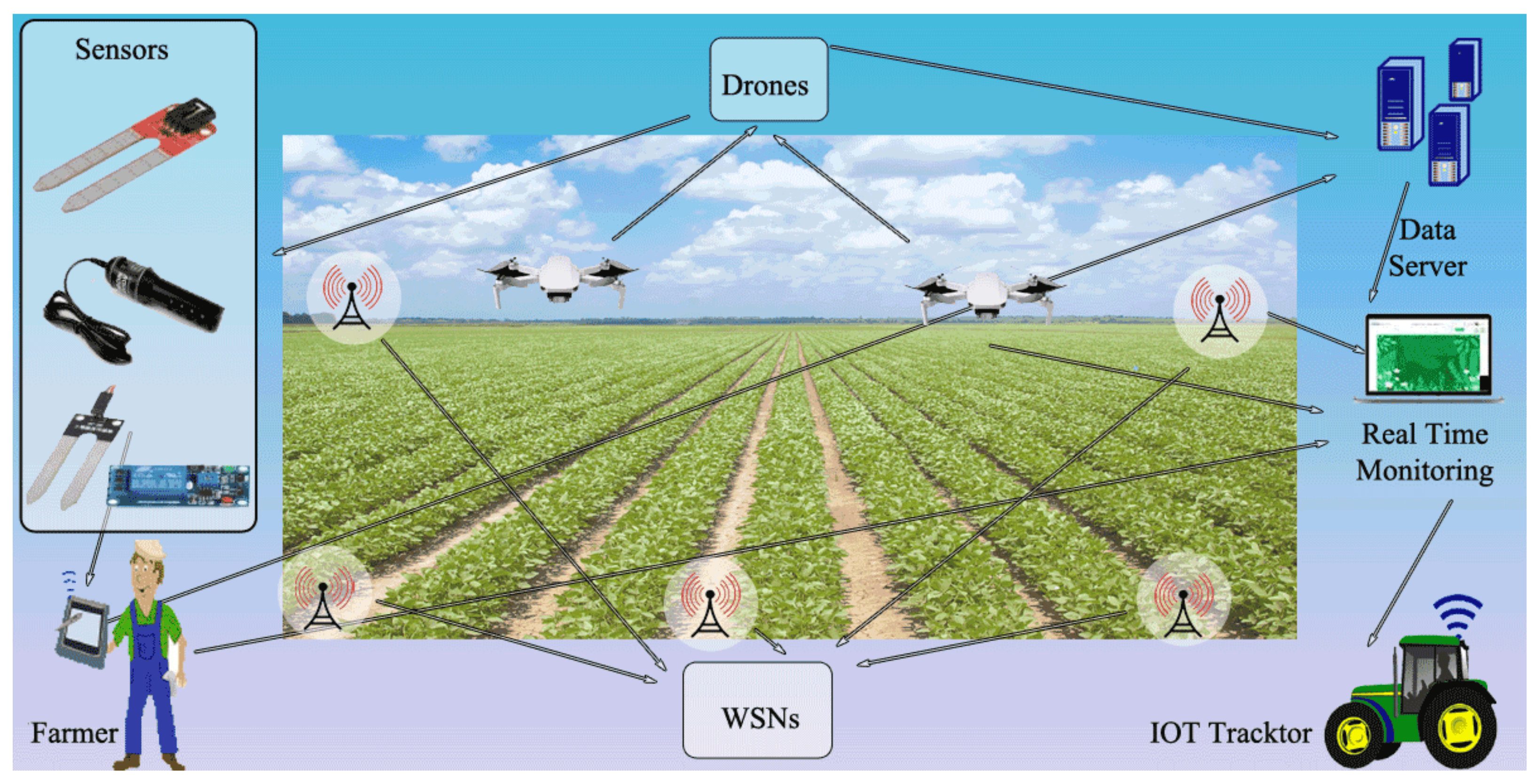Introduction:
Microchip's PIC Series, including PIC18F4550 and PIC32, has long been a staple in the world of embedded systems and microcontroller applications. Renowned for its diverse product range and well-established ecosystem, these microcontrollers play a pivotal role in shaping innovative solutions. In this blog, we delve into the real-world applications of the PIC Series, focusing on a Greenhouse Project and the automation of industries such as dairy and sugar cane.
Microchip PIC Series Overview:
The Microchip PIC Series boasts a diverse array of microcontrollers, offering a wide range of features suitable for various applications. Its well-established ecosystem includes comprehensive development tools, community support, and a rich set of libraries, making it a preferred choice for developers worldwide.
Greenhouse Project:
One notable application of the Microchip PIC Series is in the realm of smart agriculture. In a greenhouse project, these microcontrollers are employed to sense various physical parameters critical for plant growth. Temperature, pressure, moisture, and other environmental factors are monitored to create an optimal environment for plants. Moreover, the PIC Series controls crucial components such as the air conditioning system, compressors, fans, and irrigation systems. This level of automation ensures precise and efficient control, leading to improved crop yield and resource utilization.
Networking for Industrial Automation:
Extending its capabilities beyond agriculture, the PIC Series is a key player in networking microcontrollers for industrial automation. In industries like dairy and sugar cane, where precision and automation are paramount, these microcontrollers are employed to sense a multitude of physical parameters. Parameters such as temperature, pressure, moisture, smoke detection, oximeter readings, pressure levels, gauge meter values, and liquid levels are monitored in real-time.
The collected data serves as the foundation for automation processes, allowing for the seamless control of various industrial components. Automation in the dairy industry, for instance, involves tasks such as regulating milking machines, monitoring storage conditions, and ensuring optimal processing temperatures. In the sugar cane industry, the PIC Series facilitates the automation of harvesting, processing, and packaging operations.
Conclusion:
The Microchip PIC Series continues to be a driving force in the world of microcontrollers, offering a versatile platform for innovation. From smart agriculture in greenhouses to the automation of intricate processes in dairy and sugar cane industries, these microcontrollers showcase their adaptability and reliability.
As technology advances, the PIC Series stands poised to play a pivotal role in shaping the future of embedded systems and industrial automation. With its diverse product range and robust ecosystem, Microchip's PIC Series remains a go-to choice for developers and engineers seeking to bring efficiency and precision to a wide array of applications.
